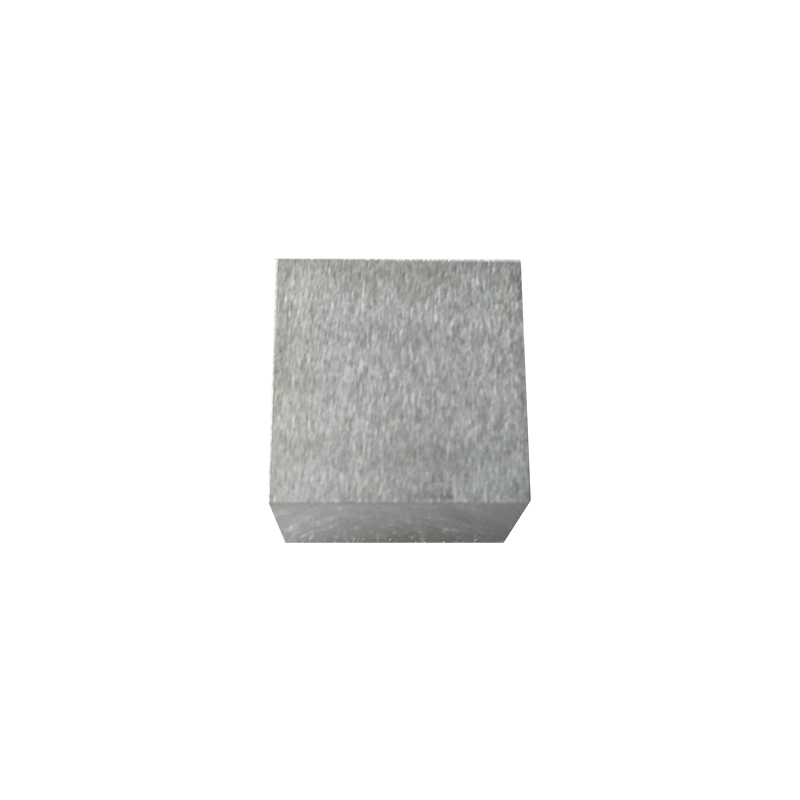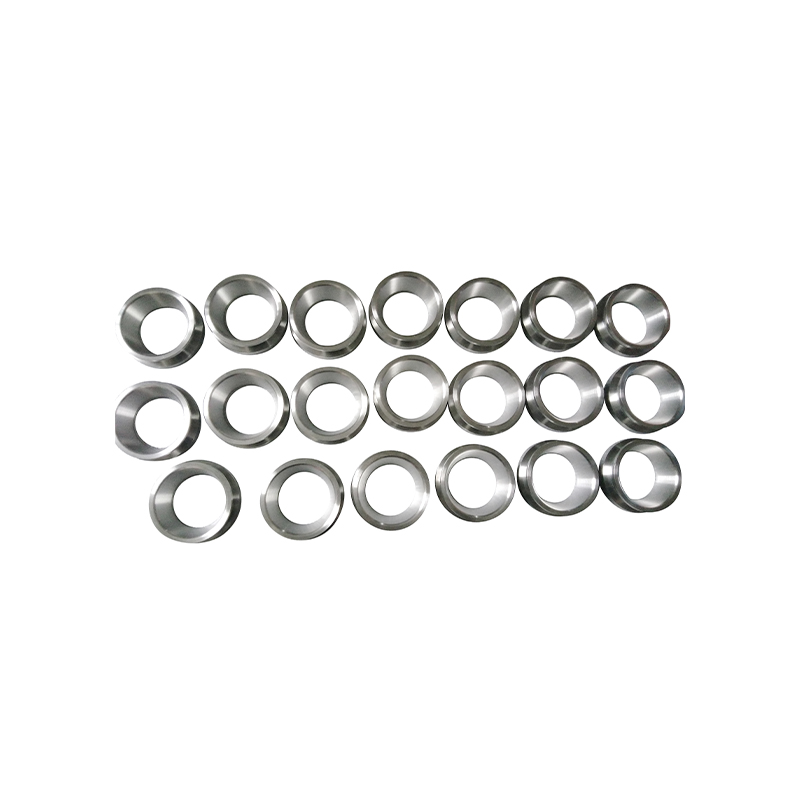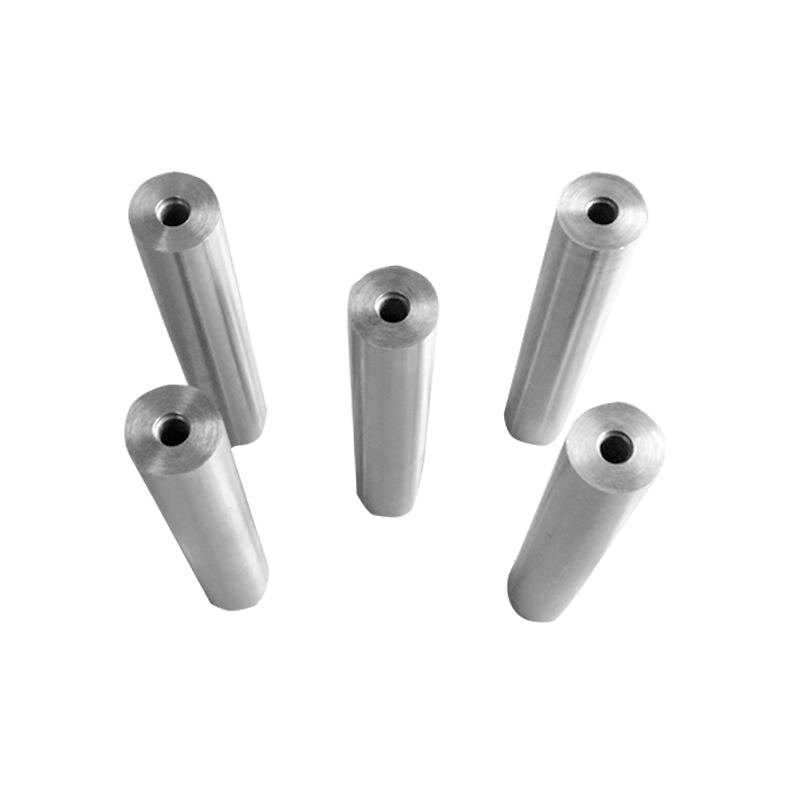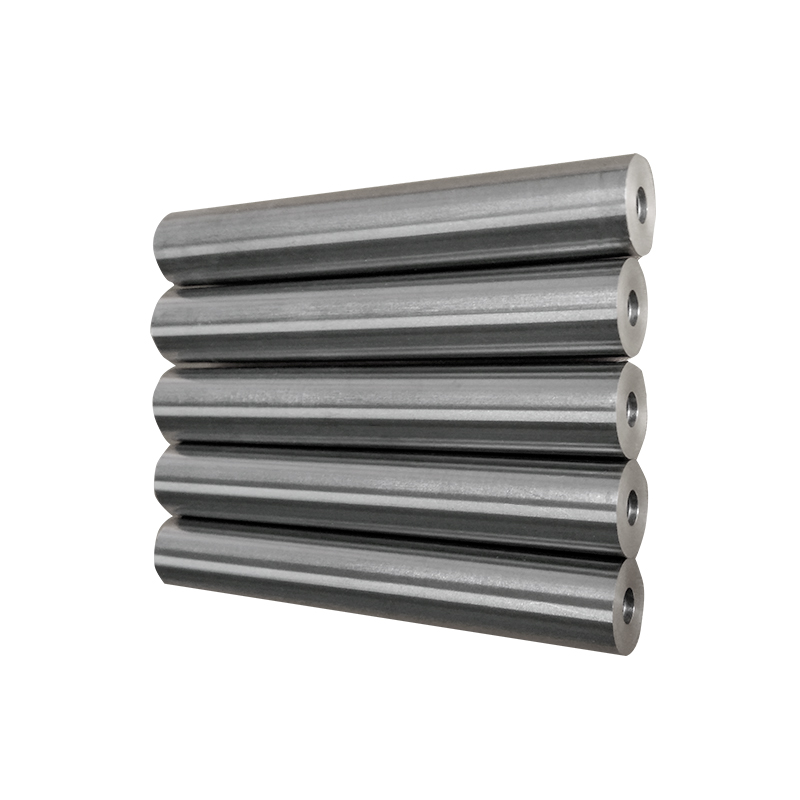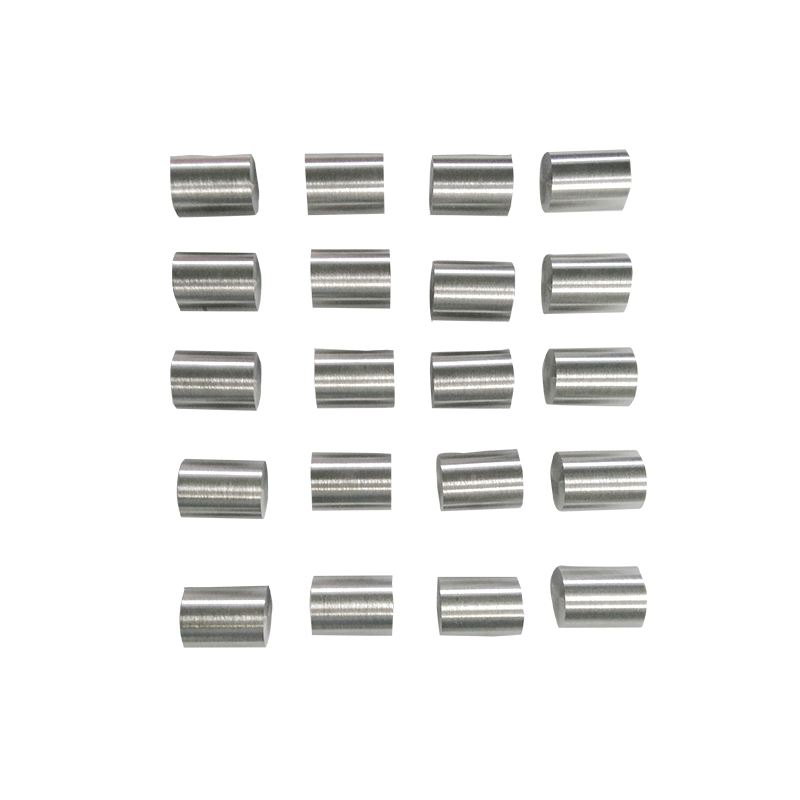In the vast world of industrial materials, molybdenum wire stands out as one of the most remarkable and versatile components. Known for its exceptional strength, heat resistance, and conductivity, it plays a vital role in sectors ranging from electronics and aerospace to lighting and medical equipment. But what exactly makes molybdenum wire so valuable, and why is it increasingly indispensable in today’s high-tech world? Let’s dive deep into its properties, manufacturing, and wide-ranging applications to uncover its industrial importance.
1. What Is Molybdenum Wire?
Molybdenum wire is a fine metal wire made from molybdenum (chemical symbol Mo), a silvery-gray transition metal with a high melting point of 2,623°C (4,753°F). It is one of the toughest metals known, offering an exceptional combination of mechanical strength, electrical conductivity, and corrosion resistance.
In its wire form, molybdenum is drawn into thin strands or filaments that can be used for electrical heating elements, electrodes, cutting tools, and structural supports in extreme environments. Because it retains its properties even at high temperatures, molybdenum wire is often chosen over other materials such as steel or tungsten when stability and durability are critical.
2. How Is Molybdenum Wire Made?
The production of molybdenum wire involves several precise steps designed to maintain purity and strength.
- Raw Material Preparation: The process begins with molybdenum concentrate, usually obtained from molybdenite ore (MoS₂). The concentrate undergoes roasting to form molybdenum oxide (MoO₃).
- Reduction Process: The oxide is reduced using hydrogen gas at high temperatures to obtain pure molybdenum powder.
- Pressing and Sintering: The fine powder is compacted under pressure and sintered (heated without melting) to form dense molybdenum rods.
- Hot and Cold Working: The rods are forged, rolled, and drawn into wires through a series of dies. The process requires careful control of temperature and pressure to prevent brittleness.
- Annealing: The wire is heat-treated to relieve internal stress and improve flexibility.
- Surface Finishing: Depending on application needs, the wire may undergo polishing, pickling, or coating for enhanced corrosion resistance.
The final product is a high-purity, smooth, and uniform wire capable of withstanding extreme conditions without deformation or degradation.

3. Key Properties of Molybdenum Wire
What makes molybdenum wire stand out among other industrial materials are its unique physical and chemical characteristics:
- High Melting Point: One of the highest among all metals (2,623°C), ideal for high-temperature applications.
- Excellent Strength: Retains mechanical integrity even under thermal stress.
- High Electrical and Thermal Conductivity: Ensures efficient energy transfer in electrical components.
- Corrosion and Oxidation Resistance: Performs well in harsh environments and chemical exposure.
- Low Thermal Expansion: Minimizes shape distortion during heating and cooling cycles.
- Good Machinability: Easier to shape and process than tungsten while offering comparable performance.
- Dimensional Stability: Maintains shape and tolerance under extreme conditions.
These features make molybdenum wire an essential material in industries that demand both reliability and precision.
4. Applications of Molybdenum Wire
Molybdenum wire’s combination of thermal, electrical, and mechanical properties enables its use in a wide range of industries.
A. Electronics and Semiconductors
Molybdenum wire is widely used in electronic components due to its excellent conductivity and stability. Common applications include:
- Lead wires and support pins in vacuum tubes and diodes.
- Heating elements in furnaces and semiconductor equipment.
- Electrode materials in high-temperature and vacuum systems.
- Filament supports in light bulbs and cathode ray tubes (CRTs).
In the semiconductor industry, molybdenum is favored for its compatibility with silicon and its ability to endure high processing temperatures without reacting or deforming.
B. Lighting Industry
Before the widespread adoption of LEDs, molybdenum wire was a key component in halogen and incandescent lamps, serving as lead-in wires and filament supports. Even today, it remains important in specialized lighting systems, such as:
- High-intensity discharge lamps
- Quartz halogen bulbs
- Projector and stage lighting
Its resistance to heat and oxidation ensures long life and stable performance.
C. Aerospace and Defense
In aerospace applications, materials must withstand extreme temperatures, stress, and radiation. Molybdenum wire is used in:
- Jet engine components
- Missile and spacecraft structures
- Thermal shields and fasteners
Its lightweight compared to tungsten and its excellent strength-to-weight ratio make it ideal for critical aerospace designs.
D. Metal Cutting and Machining (EDM)
One of the most prominent modern uses of molybdenum wire is in Electrical Discharge Machining (EDM). In EDM cutting, a thin wire acts as an electrode to cut precise shapes in hard metals using electrical sparks.
Molybdenum wire is preferred in EDM due to:
- High tensile strength for long cutting runs
- Resistance to breakage under high-speed conditions
- Excellent conductivity for stable spark discharge
It is commonly used in precision manufacturing industries such as mold-making, aerospace parts, and medical device production.
E. Medical and Scientific Equipment
Because of its purity and biocompatibility, molybdenum wire finds applications in:
- X-ray tube filaments and medical imaging devices
- Surgical instruments and implants (in specific alloys)
- Laboratory heating elements and thermocouple supports
Its stability and reliability are critical for high-precision instruments that demand consistent performance.
5. Comparison: Molybdenum Wire vs. Tungsten Wire
Molybdenum and tungsten are often compared due to their similar properties, but there are key differences:
| Property | Molybdenum | Tungsten |
| Melting Point | 2,623°C | 3,422°C |
| Density | 10.22 g/cm³ | 19.25 g/cm³ |
| Strength-to-Weight Ratio | Higher | Lower |
| Machinability | Easier | Harder |
| Cost | Lower | Higher |
| Applications | EDM, Electronics, Aerospace | High-temp Filaments, Welding, Vacuum Furnaces |
Molybdenum wire offers an excellent balance between performance and cost, making it ideal for applications where tungsten’s extra density and heat resistance are unnecessary.
6. The Role of Purity and Alloying
Molybdenum wire is often produced with purity levels above 99.95%, which ensures stable electrical and mechanical performance. However, alloying can enhance specific properties:
- TZM Alloy (Titanium-Zirconium-Molybdenum): Adds strength and creep resistance.
- Molybdenum-Rhenium (Mo-Re): Improves ductility and high-temperature stability.
- Lanthanated Molybdenum: Enhances machinability and reduces brittleness.
Manufacturers select different compositions depending on the wire’s final application.
7. Sustainability and Recycling
Molybdenum is a recyclable and environmentally friendly metal. Unlike many industrial materials, it can be recovered from scrap and reused without significant loss of properties. The recycling process involves melting down used parts and purifying the molybdenum for reuse in new products.
Additionally, the energy efficiency and long lifespan of molybdenum-based components contribute to sustainability goals in industries seeking to reduce waste and energy consumption.
8. Challenges and Considerations
While molybdenum wire is highly advantageous, it also comes with certain challenges:
- Brittleness at Low Temperatures: It can become fragile in cold environments if not properly alloyed.
- Oxidation at High Temperatures: Requires a vacuum or inert atmosphere when used above 400°C in air.
- Processing Difficulty: Requires precision during drawing and annealing to avoid surface cracks.
Despite these challenges, advances in metallurgy and surface coatings have significantly improved its performance and versatility.
9. Future Trends and Innovations
The future of molybdenum wire lies in technological innovation and advanced manufacturing:
- Nanostructured Molybdenum Wires: Offering improved strength and conductivity at smaller diameters.
- 3D Printing and Additive Manufacturing: Molybdenum powder and wire are being used for producing high-performance parts in aerospace and defense.
- Hybrid Conductive Materials: Combining molybdenum with carbon or ceramic fibers for flexible electronics and energy systems.
- Green Energy Applications: Used in solar cell contacts and hydrogen production electrodes.
As global industries shift toward sustainability and high-efficiency materials, molybdenum wire’s role is expected to expand even further.
Conclusion: A Metal That Shapes Modern Progress
So, why is molybdenum wire essential in modern industry and technology?
Because it bridges the gap between strength, stability, and sustainability. From semiconductors to spacecraft, it provides the reliability that modern engineering demands. Its ability to perform under pressure — literally and figuratively — has made it a cornerstone material in precision manufacturing, electronics, and energy systems.
In a world driven by innovation, molybdenum wire proves that even the smallest components can hold the strongest influence. It is not just a wire — it is a foundation for progress, powering the technologies that define our era.







